“How did we end up here, you and I?”, you say. “How long before you decide to wilt away on me?”
No, this is not a dramatic scene in some soap opera. It’s you, standing in front of your fridge, talking to that bunch of green onions.
If you’re anything like me, you probably forgot you even bought green onions weeks ago. You were excited about all the ways you could use them when you saw them at the grocery store. Then you stored them in your crisper… the void where out-of-obvious-fridge-sight, out-of-mind is a death sentence for so much fresh produce.
Fear not, for I come bearing the secrets to extending the life of your green onions! *angelic singing commences*.
Steamy Kitchen is on a mission to teach you how to keep your produce fresh and to avoid those delicious greens from hitting the garbage can instead of your belly. Today we will deep dive into the fridge life of your beloved green onions, explain the best ways to store them, know when they’ve gone bad and answer all of your pressing questions about these long green stalks of goodness. Let’s break it down.
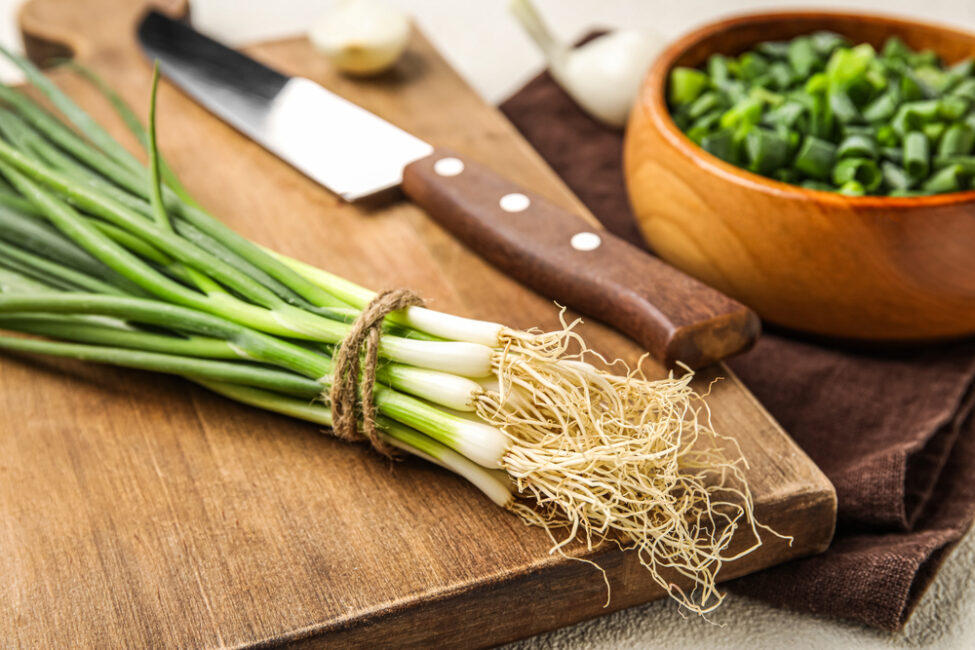
The Green Onion Lowdown
So, how long do green onions last in the fridge? Under the right conditions, green onions can last in your fridge for 2 to 3 weeks. Now, even though that feels like a long time, there are a few things that can affect that lifespan. The longevity of your green onions (or spring onions or scallions, depending on the lingo of where you’re from) relies heavily on how they’re stored.
Factors that Affect the Shelf Life of Green Onions
Picture this: two bunches of green onions enter the fridge. One emerges weeks later, as fresh as the day it was bought. The other is a tragic tale of wilt and waste. What separates their fates? A few key factors:
- Their Starting Quality: The quality of your green onions when you first get them is important. Opt for vibrant green scallions with no wilting or yellowing present.
- Storage: How you store them, and how you prep them for storage will make a WORLD of difference in the lifespan of your green onions. Proper storage can go a long way with green onions.
- Temperature & Humidity: Green onions are temp and moisture sensitive. Cool areas with high humidity are their ideal environment. Exposing them to a hot or dry place will speed up their spoilage.
- Handling: Rough handling of these skinny little guys can cause them to wilt faster, so be gentle!
- What About Room Temperature?: While they might start out strong on your counter, green onions prefer the cool embrace of your fridge to keep their crunch. So you don’t want to leave them out.
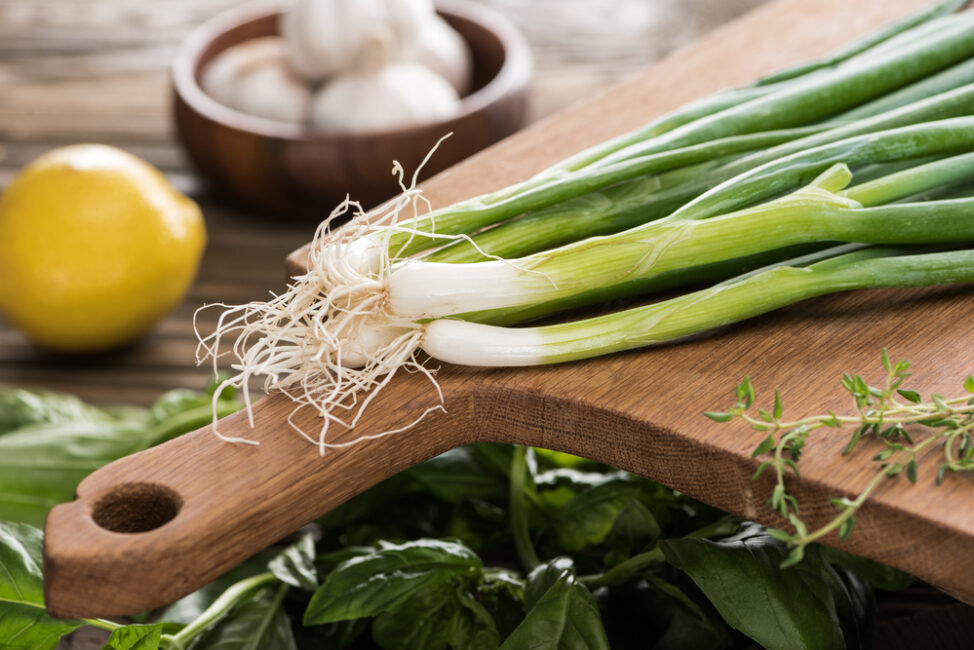
Signs That Your Green Onions Have Gone Bad
From vibrant to vile, using your senses is the best way to know when green onions have given up the ghost. Here are some signs of spoilage:
The Nose Knows: If your green onions are emitting a foul odor, it’s time to bid them adieu.
Trust Your Peepers: If you see any dark spots or visible mold, especially on the white parts, that’s nature’s way of saying, “This show is over.”
Touch To Confirm: Texture also tells a story. Green onions heading south will lose their crispness, and become slimy or super limp.
And as always, don’t risk inviting in foodborne illnesses. When in doubt, throw it out!
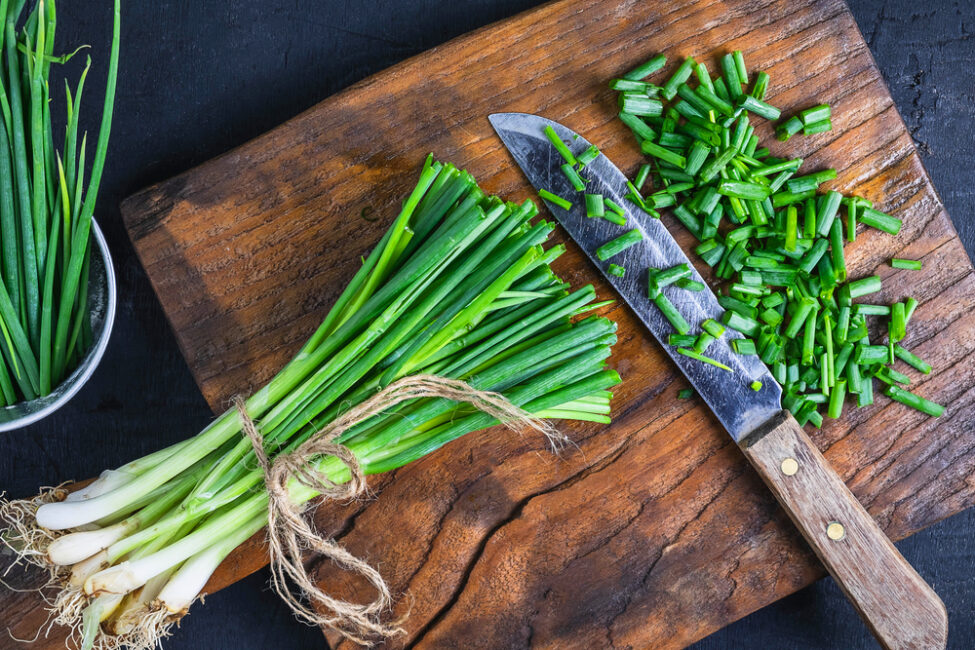
Best Ways To Store Your Green Onions
Here’s the good news! With proper care, extending the life of your green onions is easy-peasy-lemon-squeezy! And there are a few tried and true ways to do it:
- The Jar Method: This method is great for green onions with the roots still attached. Put about an inch of water in a tall glass or mason jar. Place your greens in the glass or jar and then place a freezer bag over the top of the whole setup. (Don’t seal the bag.) Place it all in the fridge. Be sure to change out or refill the water every couple of days to keep things fresh!
- The Root Wrap Method: Another method is to wrap the roots in a damp paper towel and slip them into an airtight container or a sealable plastic bag. (Again, don’t seal the bag up all the way.) This keeps excess moisture out while keeping just the right amount in. Both the jar method and the root wrap are said to keep your onions good for 3 weeks. From my own experience, I feel the root wrap method is the best option.
- The Cut & Wrap Method: Remove the rubber band. Cut off the roots (at about an inch above the roots). Cut the remaining onions in half so they fit easily in a zip-top bag. Pat the sliced green onions down with a dry paper towel to remove excess moisture. Wrap each half bundle in paper towels and place them in a baggie. Seal the baggie, and place them in your crisper. This method is said to keep your green onions good for 5 weeks! Plus, you can simply add the rooted onion bulb bit to a little water in a jar and you’ll start growing new green onions! (Make sure to change that water out every few days though, otherwise bacterial growth will make them slimy.)
- The Freezer Method: Did you know that you can freeze your green onions to keep them fresh for longer periods of time? Chop your onions into slightly smaller pieces and pat them dry to absorb any excess moisture that might cause ice crystals, then put them in a freezer bag (releasing all the extra air) and freeze. Toss after 1 hour so they don’t stick to each other, and then return to freezer. OR flash freeze them on a baking sheet for 1 to 2 hours, and then put them in freezer bags for later use. Either way, be sure to label these bags with the date, and you’ve got yourself a stash of green onions that will last 3 to 4 months! One note: Frozen green onions are best used in cooked dishes rather than as a topping, since freezing can alter their texture.
Creative Ways to Use Up Green Onions
You know we don’t like food waste here at Steamy Kitchen! So, before your green onions start singing the blues, why not whisk them into something fun and yummy? Here are a few ways to use your green onions before their final hour:
- As a Topping: Finely chopped green onions make a great addition to baked potatoes, stews and even soups (like this Instant Pot Ramen Noodle Soup!)
- As a Savory Oil: Simmer chopped green onion in oil to create a fragrant infusion that’s perfect for dressings and marinades.
- As a Garnish: Check out our recipe for how to make Curly Green Onion Garnish!
- Regrow Them: Place the white root ends in a glass of water, and watch them sprout again! Then transfer your sprouts to a pot for a never-ending supply of green onions.
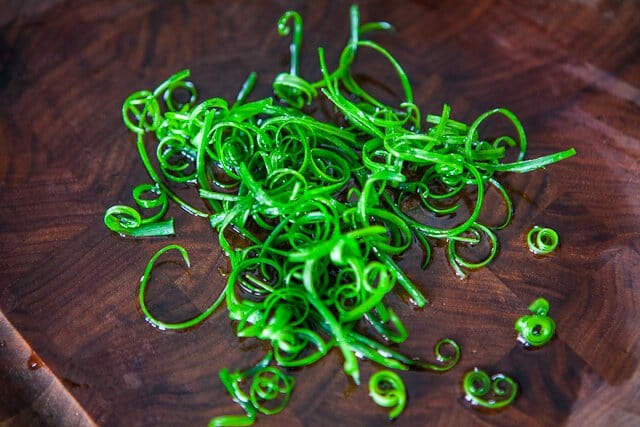
FAQs
Can you eat the white part of green onions?
Yes, you can! The white part packs a stronger, more onion-y flavor and it’s perfect for cooking. Try it the next time you want to add depth to your dishes.
How often should I change the water when storing green onions in a glass?
Refresh the water every couple of days to keep bacterial growth from overwhelming the roots. This will keep your onions happy and hydrated.
Are green onions and scallions the same thing?
Yes, they are! “Green onions” and “scallions” are two names for the same plant.
Can green onions be grown indoors?
With enough water and sunlight, you can definitely regrow green onions. Just be sure to place them on a windowsill.
Now You Know!
We hope we’ve provided you with some useful insight on how to keep your fresh herbs fresh! Now, it’s your turn to share the stage. Leave us a comment below with your favorite uses for green onions, any secret family recipes, or any of your own step-by-step instructions on how you keep green onions fresh.
Want More Fridge Tips?
- How Long Does Lemon Juice Last in the Fridge?
- How Long Does Ginger Last in the Fridge and Freezer?
- How Long Do Green Beans Last in the Fridge and Freezer?
- How Long Does Shredded Chicken Last in the Fridge?


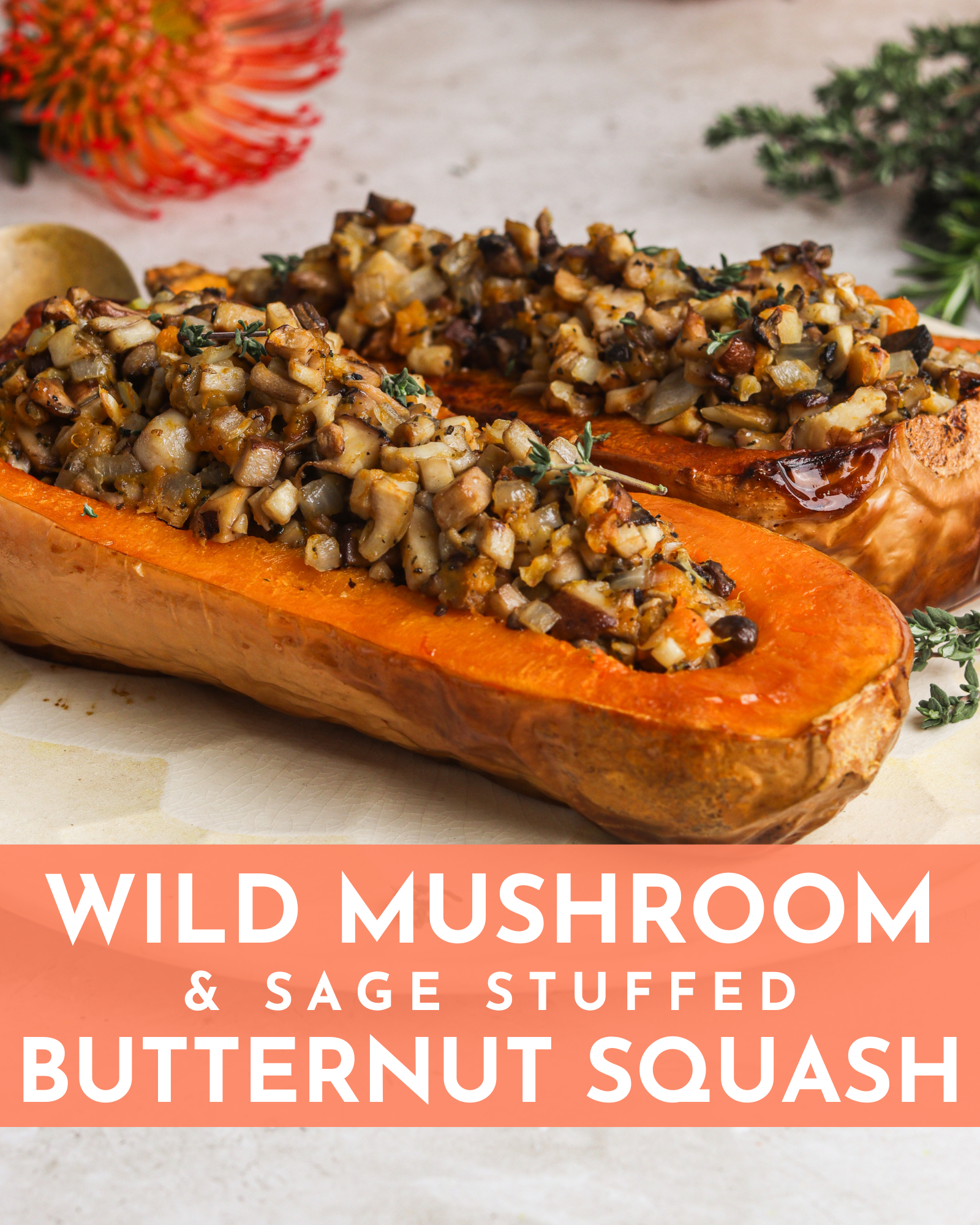

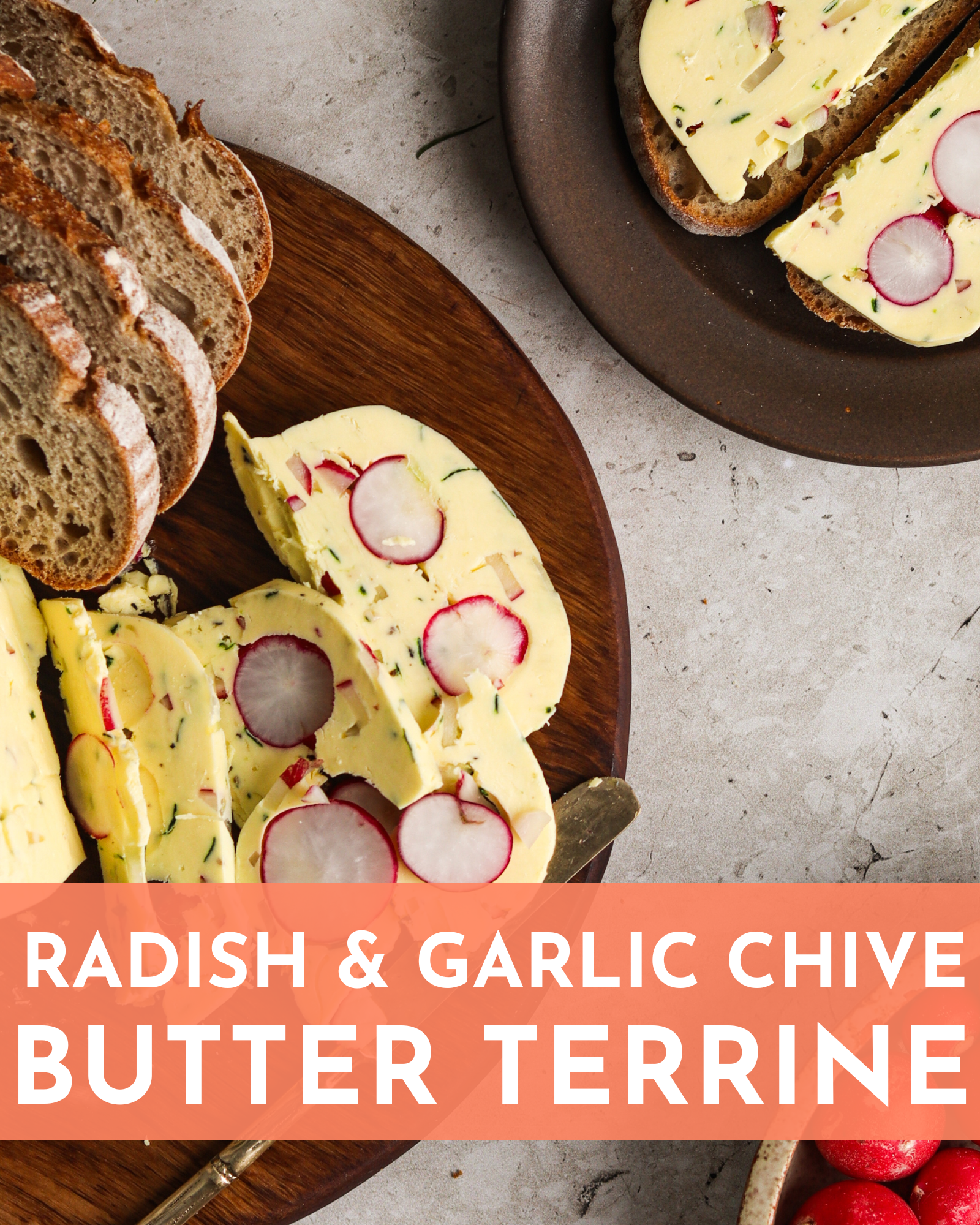
0 Comments